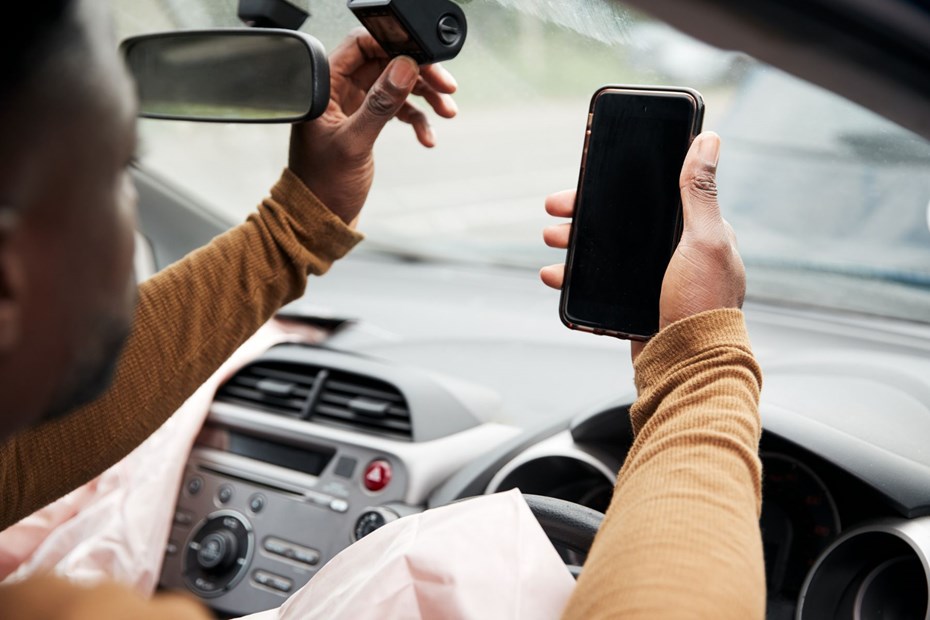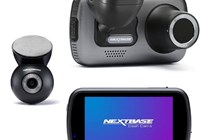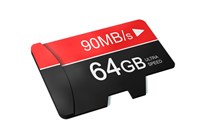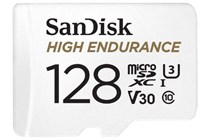Having the correct microSD memory card for your dash cam is as important as using the right key for a lock. Without the correct key, you can’t unlock the door; without the correct microSD card, your dash cam footage won’t be saved as it should.
While high-tech dash cams will often ship with the correct microSD card ready to be slotted, this isn’t the case across the board. With dash cams featuring no internal memory, a microSD card is the only way to actually save potential evidence, so it’s important to find a reliable one.
With microSD cards being richly embellished with numbers and letters, and factoring in the sheer quantity of dash cam SD cards available on the market, it’s easy to feel lost amid these little plastic chips. In light of this, we’ve put together this guide to explain everything and help you choose the right microSD card for your dash cam.
The best microSD card for dash cams
Editor's choice
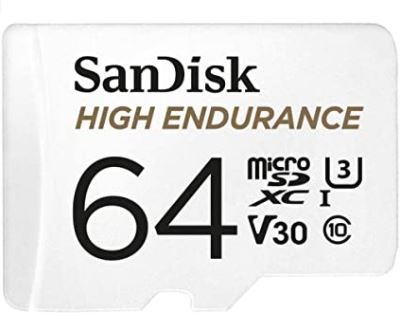

Pros
- Excellent value for money
- Solid performance
Cons
- Nothing at this price point
| Storage | 32GB, 64GB, 128GB, and 256GB |
| Write speed | 40MB/s (U3, Class 10, V30) |
The best SD card for Nextbase dash cams
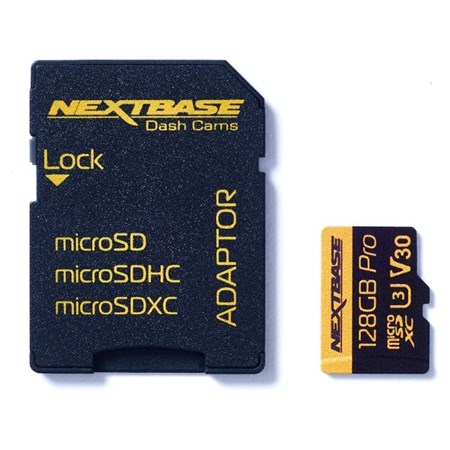

Pros
- Perfect for Nextbase dash cams
- Big capacity
Cons
- Check compatibility
Dash cam microSD card buying checklist
1. Find out the largest size microSD card your dash cam can accommodate.
2. Do a rough calculation to establish what size microSD card you realistically need.
3. Make sure the microSD card you choose is fast enough (U1, U3, Class 10, V10, or V30; or U3/V30 for 4K)
Dash cam microSD card jargon buster
Memory card size
This is often the only piece of information about microSD cards that people know. Before you even think about what size of microSD card you want, you need to find out what size of microSD your dash cam can take, as dash cams have a certain maximum memory card size that varies between models.
Budget dash cams often have a maximum of 32GB or 64GB, while the best dash cameras – those with higher video quality (1440p or 4K) – can usually cater for larger sizes, often up to 256GB.
How much footage a microSD card can store depends on its size and the quality of the footage:
32GB: 4-5 hours of 1080p; 3 hours of 1440p; 1 hour of 4K
64GB: 8-10 hours of 1080p; 6 hours of 1440p; 2 hours of 4K
128GB: 20 hours of 1080p; 12 hours of 1440p; 4-5 hours of 4K
256GB: 40+ hours of 1080p; 25 hours of 1440p; 9-10 hours of 4K
There are also other variables, such as frame rate and if you’re using a dual dash cam, that will have an impact on how much footage your microSD card can store.
Memory card speed
Fortunately, most microSD cards are fast enough even for 4K, so speed is not something you need to worry too much about, but nevertheless it’s helpful to know what’s what.
On a microSD card you will see a ‘U’ with either a 1 or 3 inside it; a ‘C’ probably with a 10 inside it; and perhaps a ‘V’ with a value next to it. The ‘U’ stands for Ultra High Speed, the ‘C’ stands for Class, and the ‘V’ stands for Video Speed Class. They all refer to the writing speed (read speed isn’t that important with microSD cards for dash cam use, because writing footage to the card is the priority).
If your microSD card is Class 10, U1, U3, V10, or V30, that’s enough. For 4K, you will want to go for U3/V30. Fortunately, even these high-speed cards aren’t expensive.
Memory card type
You’ll come across ‘SDHC’ and ‘SDXC’ microSD cards. The former stands for Secure Digital High Capacity, the latter for Secure Digital Extended Capacity.
SDHC cards have up to 32GB of storage, SDXC have anything more than that. Best to pick an SDXC memory card for dash cam usage, if it’s supported, to provide more storage.
Memory card longevity
It’s important to understand that the life of a microSD card inside a dash cam is a hard one. The constant overwriting of footage gives dash cam microSD cards a limited lifespan. Many makers and retailers of microSD cards consequently void the warranties of standard cards if they’re used in dash cams because of this, so you need to pick a microSD made for dash cams or read the fine print carefully.
U3/V30 microSD cards are intended for dash cam (and security camera) use, so you should opt for one of these if you can. Some microSD cards such as Samsung’s Evo Plus and San Disk’s High Endurance or Max Endurance microSD cards will offer better durability than others. It also pays to stick with reputable brands such as Samsung, SanDisk and Kingston, rather than the cheapest.
This is also why memory cards for dash cams benefit from regular inspection to ensure that they’re still working properly. You might find that your dash cam tells you that your card is full or unreadable, when it should otherwise be okay, indicating that a failure has occurred.
Parkers’ favourite dash cams
Editor's pick
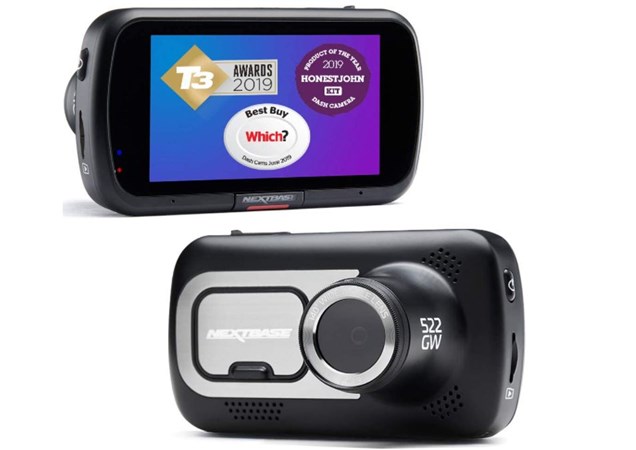

Like the top-end 622GW, it is very well put together and is something you notice the moment you lift it from the box. Aesthetically, it’s a winner too thanks to its brushed metal front plate. It is the perfect dash cam for the driver who undertakes the usual day-to-day tasks and long road trips because it offers value and relevant features. If you’re up for getting a dash cam hardwired into your car, and fit this dash cam, you’ll rarely have to think about it.
Best budget dash cam
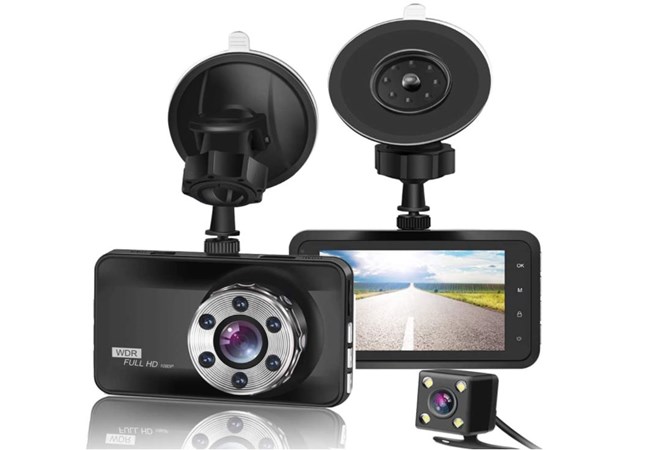

The best dash cam features aren’t overlooked in the Orskey, either; the S680 records in FHD 1080p at 30fps; it has six infrared LEDs around the lens to help improve night vision, plus WDR software to improve image clarity. Having a 170° wide angle is also very useful, and also 30 degrees wider than Nextbase dash cams.



